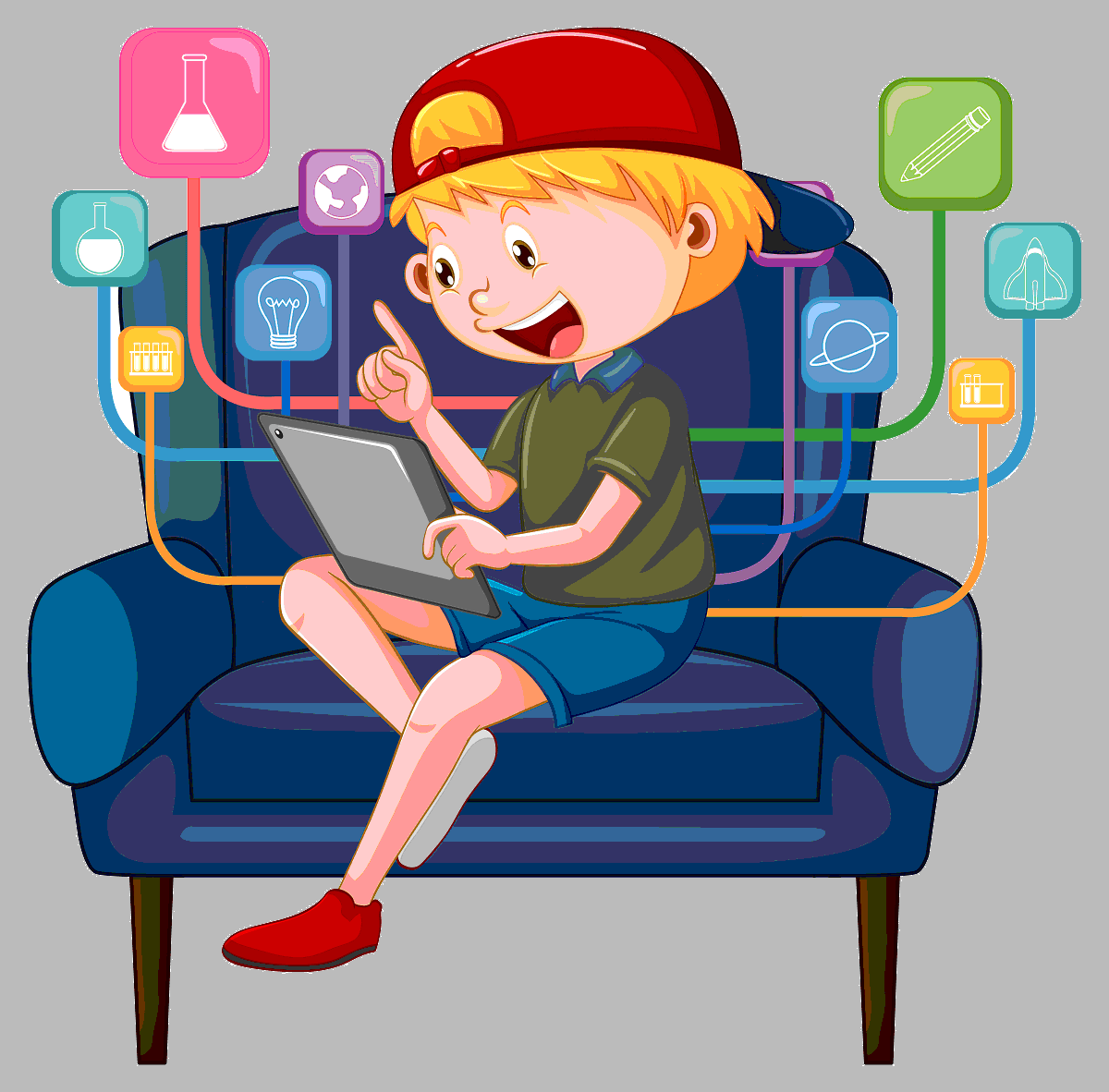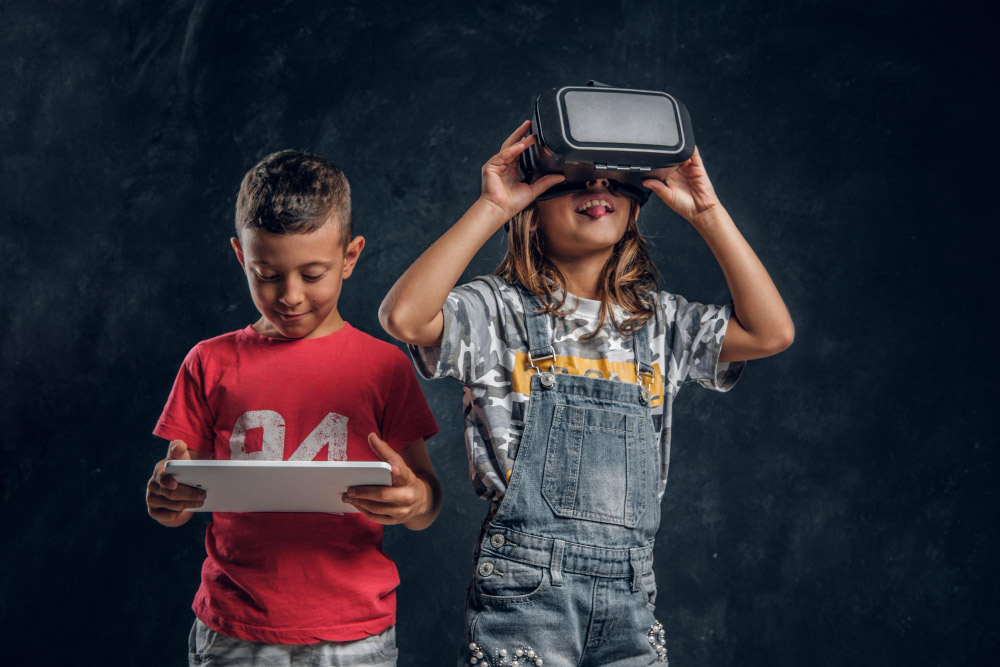
The Role of Technology in Modern Education for School Children: Benefits, Drawbacks, and Effective Integration
Technology has revolutionized the way we live, work, and learn. In modern education, digital tools and resources are increasingly becoming a part of the classroom experience. From interactive whiteboards to online educational platforms, technology is changing the way teachers teach and students learn. In this article, we will explore the impact of technology on student learning in schools, the advantages and disadvantages of technology in education for children, and effective ways to integrate digital tools in the classroom for enhanced teaching and learning.
Impact of Technology on Student Learning in Schools
There is no doubt that technology has had a significant impact on student learning in schools. According to a study conducted by the National Education Association, 82% of teachers reported that technology had a positive impact on their students' learning. Technology has made it easier for students to access information and resources, collaborate with peers, and engage in interactive learning activities. It has also made learning more personalized, adaptive, and engaging, catering to the needs and interests of individual students.
Digital tools have made it easier for teachers to differentiate instruction, assess student learning, and provide timely feedback. They can use online platforms to create and share interactive lesson plans, quizzes, and assignments, and monitor student progress in real-time. They can also use data analytics to identify learning gaps, track student performance, and provide targeted interventions.
However, technology also has its limitations. According to a report by the Organization for Economic Co-operation and Development (OECD), students who use computers frequently at school perform worse in reading, mathematics, and science than those who use them rarely or not at all. The report also found that the overuse of digital devices could lead to distraction, reduced attention span, and lower cognitive abilities. Therefore, it is important to use technology judiciously and integrate it with other teaching and learning strategies.

Benefits and Drawbacks of Technology in Education for Children
Technology has several benefits for children's education. It can make learning more engaging, interactive, and accessible. It can also help children develop digital literacy skills, which are essential for their future success in the workforce. With digital tools, children can learn at their own pace, access a wealth of information and resources, and collaborate with peers from different parts of the world.
However, there are also some drawbacks of technology in education for children. Over-reliance on technology can lead to a lack of social and emotional development, reduced physical activity, and increased screen time. It can also lead to a digital divide, where children from low-income families or rural areas may not have access to the same resources and opportunities as their peers in more affluent areas.
Therefore, it is essential to strike a balance between the benefits and drawbacks of technology in education. Teachers and parents must work together to ensure that children are using technology in a responsible and productive manner. They must also provide opportunities for children to engage in non-digital activities, such as outdoor play, creative arts, and social interaction.
Effective Ways to Integrate Technology in School Curriculum
To effectively integrate technology in school curriculum, teachers must first identify the learning objectives and outcomes they want to achieve. They must then select digital tools and resources that align with these objectives and enhance the teaching and learning experience. Some effective ways to integrate technology in school curriculum are:
Flipped Classroom Model: The flipped classroom model involves students learning content outside of the classroom through digital resources such as videos, articles, and podcasts, while in-class time is devoted to activities and discussions that reinforce and apply that content. This model allows students to learn at their own pace and frees up class time for more interactive and collaborative activities.
Game-Based Learning: Game-based learning involves using digital games to teach content and skills. Games can make learning more engaging, interactive, and fun for students, while also providing instant feedback and opportunities for repetition and practice.
Interactive Whiteboards: Interactive whiteboards allow teachers to present information in a more dynamic and interactive way, encouraging student participation and engagement. Teachers can use interactive whiteboards to display multimedia content, create digital diagrams and mind maps, and annotate text.
Online Collaboration Tools: Online collaboration tools such as Google Classroom, Microsoft Teams, and Edmodo allow students to work together on projects, assignments, and presentations in real-time, even if they are not in the same physical location. These tools also allow teachers to provide feedback and track student progress more easily.
E-Books and Audiobooks: E-books and audiobooks offer a more flexible and accessible way for students to access reading materials. They can be accessed on any device, at any time, and can be customized to meet the needs and interests of individual learners.
Virtual Field Trips: Virtual field trips provide students with the opportunity to explore places and cultures around the world without leaving the classroom. These trips can be accessed through virtual reality or augmented reality technology, which can immerse students in a realistic and interactive environment.
Coding and Robotics: Coding and robotics teach students valuable skills such as problem-solving, critical thinking, and creativity. These subjects can be taught through online resources or with physical tools such as robots and microcontrollers.
Personalized Learning: Personalized learning involves tailoring content and instruction to the individual needs and interests of each student. Technology can play a crucial role in personalized learning, by providing adaptive learning software, online assessments, and personalized feedback.
By incorporating these effective ways to integrate technology in school curriculum, educators can enhance teaching and learning, improve student engagement and motivation, and prepare students for success in a technology-driven world.
Examples of Successful Implementation of Technology in Classrooms
The Ensworth School in Nashville, Tennessee, implemented a 1:1 iPad program in its middle school, providing each student with an iPad for use in the classroom and at home. The program resulted in increased student engagement, improved learning outcomes, and enhanced teacher collaboration.
The New Tech Network, a national network of schools focused on project-based learning and technology integration, has seen success in improving student achievement and engagement through the use of technology. Students use digital tools to collaborate, create, and present their work, and teachers use data analytics to personalize instruction.
Role of Teachers in Utilizing Technology for Effective Teaching and Learning
While technology can play a significant role in enhancing teaching and learning, it is important to note that teachers play a crucial role in effectively integrating technology into the classroom. Teachers must receive proper training and support to effectively use technology to enhance student learning. They must also be able to differentiate instruction and personalize learning to meet the individual needs of their students.
According to a study by the National Center for Education Statistics, only 55% of teachers feel well-prepared to use technology in the classroom. To ensure successful implementation of technology in the classroom, schools must provide ongoing training and support for teachers to effectively integrate technology into their teaching practices.
Conclusion
Technology has become an integral part of modern education for school children, providing opportunities for enhanced teaching and learning. While technology can bring many benefits, such as increased student engagement and improved learning outcomes, it is important to recognize the potential drawbacks and ensure effective integration into the curriculum. By using technology to facilitate personalized learning, game-based learning, and the flipped classroom model, educators can create engaging and interactive learning experiences for their students. However, it is crucial for teachers to receive proper training and support to effectively use technology to enhance student learning.
Technology




